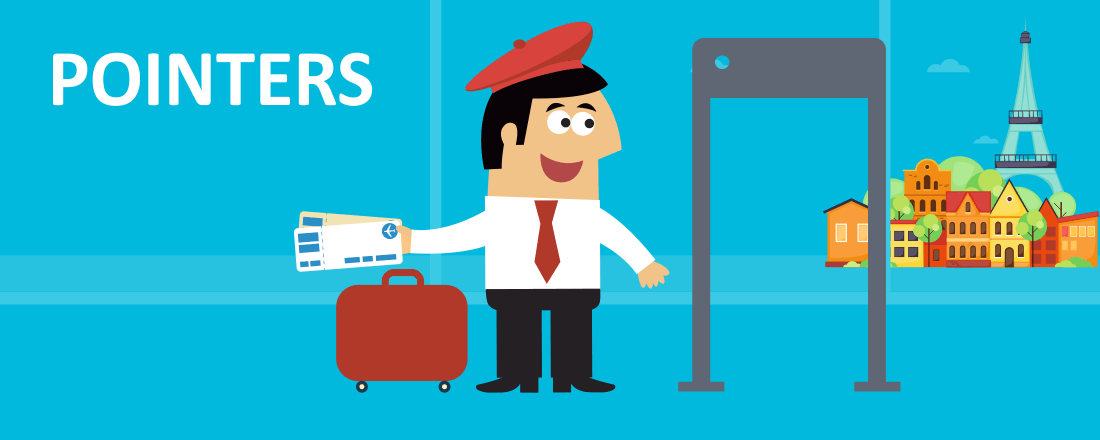
Many things in the airline industry are not always clear. Surely, you have overheard someone in an airport or on a plane lamenting that they have a layover of two hours in the airport. Or perhaps, you caught part of a conversation of someone having a stopover for a couple of hours. Technically they are not the same thing, and one can actually be a good thing as it can give you the chance to stop somewhere en route before going on to your final destination.
A few other often-confused terms. Did you know that a direct flight is not the same thing as a nonstop flight? A direct flight actually makes a stop somewhere, but the same plane then continues onto the final destination whereas a nonstop flight makes zero stops en route.
What about a terminal and a concourse? Those aren’t always the same thing, either. A terminal has an access point for passengers to enter or exit the airport while a concourse building has no such outside entryway for passengers.
We are getting into semantics here, but these terms are not interchangeable, and knowing the difference can actually be beneficial when it comes to redeeming your miles and maximizing their value.

Let’s get back to the difference between a layover and a stopover. When you have a layover in an airport, it refers to a connection between flights ranging from as short as 30 minutes to as long as 23 hours and 59 minutes. The term layover is more often used in the sense of spending the night for less than 24 hours somewhere, but it could also be used when making a connection.
In airline speak, this word is not interchangeable with the term stopover, which actually is similar but refers to a longer stop of more than 24 hours. For ticketing purposes (whether buying a ticket or using miles), an airline regards a stopover as an intended stop along your itinerary.
Domestic flights in the U.S. often tack on a higher price if you make a stopover when traveling. Within the U.S., a stopover is anything more than four hours. Let’s say you are flying from New York to Seattle and stop in Detroit. If your connection is longer than four hours (and there is a flight leaving within that time), the ticket gets priced much higher since you are intentionally staying in Detroit longer than needed.
Overseas, stopovers have an effect on your ticket when you stay longer than 24 hours. What’s the point of this entire discussion? Well, when using miles, you can take advantage of the time between flights to see multiple cities.
There are airlines, like Delta, that impose a no stopover restriction on most award tickets. But, that does not mean you cannot have a stay of less than 24 hours in a hub city like Paris or Amsterdam. United will let you have a similar stopover of more than 24 hours in one direction, but using this trick you can stay somewhere for less than 24 hours in the other direction as well.
Here are some examples. Let’s say I am flying between New York and Nice using Delta miles on Air France. I can have a two-hour connection in Paris or a 23 hour connection (or any combination in between). If the award seats are available, the airline does not view it as an official stopover because you remain within the fare rules.
Another example could be flying between Denver and Munich on Lufthansa using United miles. I could fly nonstop from Denver to Frankfurt, spend the night, and then leave the next day as long as my stay in Frankfurt does not exceed 24 hours. Plus, on roundtrip tickets, United still allows you to make one stopover either coming or going. This means you could spend more than 24 hours in one city on the way if you like and have a layover of less than 24 hours on the way back to get in two extra cities on your itinerary.
Award seats have to be available, but this is a great way to spend a little extra time in hub cities while breaking up a long flight. There is no extra charge in miles if you find low level space for all flights, and who knows, you might discover a new city that you want to return to later.
The reason that these work mostly with hub cities is that airlines also have routing rules in place on tickets meaning you must continue along a logical progression to your destination (often including its own hub or partner airline hub airports). It might make sense to stay less than 24 hours in Paris en route from New York to London, but it does not make sense to have a connection in Athens since it is out of the way. Besides, an airline would not price that the same way in miles.
This nifty trick works on many airline award tickets and still plays by the rules that airlines put in place when outlining ticketing restrictions.
Now aren’t you glad you stuck around for this little aviation vocabulary lesson? It pays to know the rules of the game so that you can squeeze as much value from your hard-earned miles as possible.

